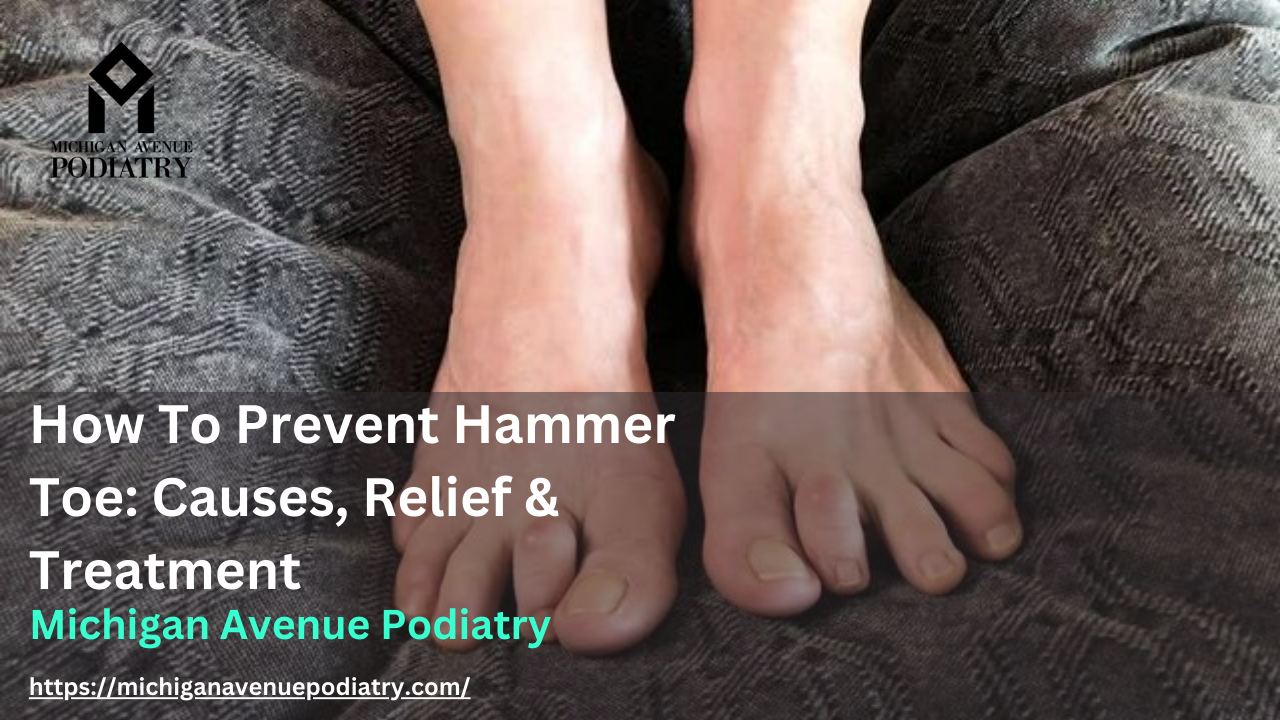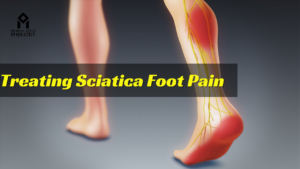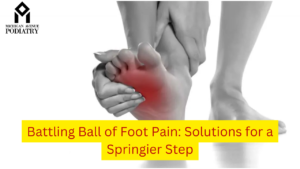Hammer toe is a common foot deformity that can cause significant discomfort and impede daily activities. Characterized by an abnormal bend in the middle joint of a toe, a hammer toe can lead to pain, difficulty in walking, and the development of corns and calluses due to friction against the footwear. Fortunately, there are several strategies that can effectively prevent the onset of hammer toe. This comprehensive guide explores the causes, risk factors, and preventive measures to help you maintain healthy, pain-free feet.
Understanding Hammer Toe
Before diving into prevention strategies, it is crucial to understand what hammer toe is and how it develops. Hammer toe primarily affects the second, third, or fourth toe and is often the result of an imbalance in the muscles, tendons, or ligaments that normally keep the toe straight. This imbalance can cause the toe to bend abnormally, creating a hammer-like appearance.
Several factors contribute to the development of hammer toe, including:
- Improper Footwear: Wearing tight, narrow, or high-heeled shoes can crowd the toes and force them into a bent position. Over time, this can lead to permanent deformity.
- Genetics: Some individuals have a hereditary predisposition to developing foot deformities, including hammer toe.
- Trauma: Injuries to the toe can disrupt the natural alignment and lead to deformities.
- Arthritis: Conditions such as rheumatoid arthritis can cause joint inflammation and deformities in the toes.
- Age: The risk of developing hammer toe increases with age, as the muscles and tendons in the feet lose flexibility and strength.
- Medical Conditions: Diabetes and other conditions that affect the nerves and muscles can contribute to the development of hammer toe.
Preventive Measures
Preventing hammer toe involves a multifaceted approach that includes choosing appropriate footwear, performing specific exercises, and maintaining overall foot health. Below are detailed preventive measures to help you avoid this painful condition.
1. Choose the Right Footwear
The importance of proper footwear in preventing hammer toe cannot be overstated. Footwear that provides adequate support, cushioning, and space for your toes is essential.
- Opt for Shoes with a Wide Toe Box: Shoes that are narrow at the front can squeeze your toes together, increasing the risk of hammer toe. Choose shoes with a wide toe box to give your toes ample space to move freely.
- Avoid High Heels: High-heeled shoes force your toes into a cramped position, which can contribute to the development of hammer toe. Opt for low-heeled shoes or flats to reduce pressure on your toes.
- Ensure Proper Fit: Shoes that are too tight or too loose can cause your feet to slide forward, leading to toe deformities. Ensure that your shoes fit well, with enough room to wiggle your toes.
- Consider Orthotics: Custom orthotic inserts can provide additional support and cushioning, helping to distribute pressure evenly across your feet and reducing the risk of hammer toe.
2. Perform Foot Exercises
Regular foot exercises can strengthen the muscles and tendons in your feet, improving flexibility and reducing the risk of hammer toe. Incorporate these exercises into your daily routine:
- Toe Stretching: Sit with your feet flat on the floor. Use your hands to gently stretch each toe into a straight position. Hold for a few seconds and repeat several times.
- Toe Flexing: While sitting, point your toes downwards and then flex them upwards. Repeat this motion 10-15 times to improve flexibility.
- Marble Pickup: Place a few marbles on the floor and use your toes to pick them up one by one. This exercise strengthens the muscles in your toes and improves coordination.
- Towel Curl: Place a small towel on the floor and use your toes to scrunch it up. Repeat this exercise several times to build strength in your toes and arches.
3. Maintain Overall Foot Health
Good foot hygiene and care are essential for preventing hammer toe and other foot-related issues.
- Keep Your Feet Clean and Dry: Wash your feet daily with soap and water, and ensure they are thoroughly dry, especially between the toes, to prevent infections.
- Moisturize Your Feet: Dry, cracked skin can lead to discomfort and other foot problems. Use a moisturizer to keep your feet soft and supple.
- Trim Your Toenails Properly: Cut your toenails straight across to prevent ingrown toenails, which can contribute to toe deformities.
- Inspect Your Feet Regularly: Check your feet for any signs of injury, infection, or deformity. Early detection can help prevent more serious issues.
4. Manage Underlying Health Conditions
Certain medical conditions, such as diabetes and arthritis, can increase the risk of hammer toe. Managing these conditions effectively can help prevent the development of toe deformities.
- Control Blood Sugar Levels: If you have diabetes, maintaining optimal blood sugar levels is crucial to prevent nerve damage and other complications that can affect your feet.
- Seek Treatment for Arthritis: If you suffer from arthritis, work with your healthcare provider to manage your symptoms and prevent joint deformities.
- Regular Check-ups: Schedule regular visits with your healthcare provider to monitor and manage any underlying conditions that may affect your foot health.
5. Use Protective Padding
If you already have mild symptoms of hammer toe or are at risk, using protective padding can provide relief and prevent further progression.
- Gel Toe Caps and Cushions: These products can protect your toes from friction and pressure, reducing pain and preventing calluses and corns.
- Toe Splints: Toe splints can help keep your toes in a straight position, preventing further bending and deformity.
- Foot Pads: Place foot pads inside your shoes to cushion and support your feet, reducing pressure on your toes.
6. Consider Professional Help
If you are at high risk for hammer toe or have already developed symptoms, seeking professional help can provide you with personalized care and treatment options.
- Consult a Podiatrist: A podiatrist can assess your foot health, provide custom orthotics, and recommend exercises and treatments tailored to your needs.
- Physical Therapy: A physical therapist can guide you through specific exercises to strengthen and stretch your feet, improving flexibility and preventing deformities.
- Surgical Intervention: In severe cases where conservative measures are not effective, surgery may be necessary to correct hammer toe. A podiatrist or orthopedic surgeon can discuss surgical options with you.
Conclusion
Preventing hammer toe requires a proactive approach that includes wearing appropriate footwear, performing regular foot exercises, and maintaining overall foot health. By taking these steps, you can reduce your risk of developing this painful condition and ensure that your feet remain healthy and functional. If you experience symptoms or have concerns about your foot health, do not hesitate to seek professional advice. With the right care and attention, you can prevent hammer toe and enjoy a lifetime of pain-free mobility.



